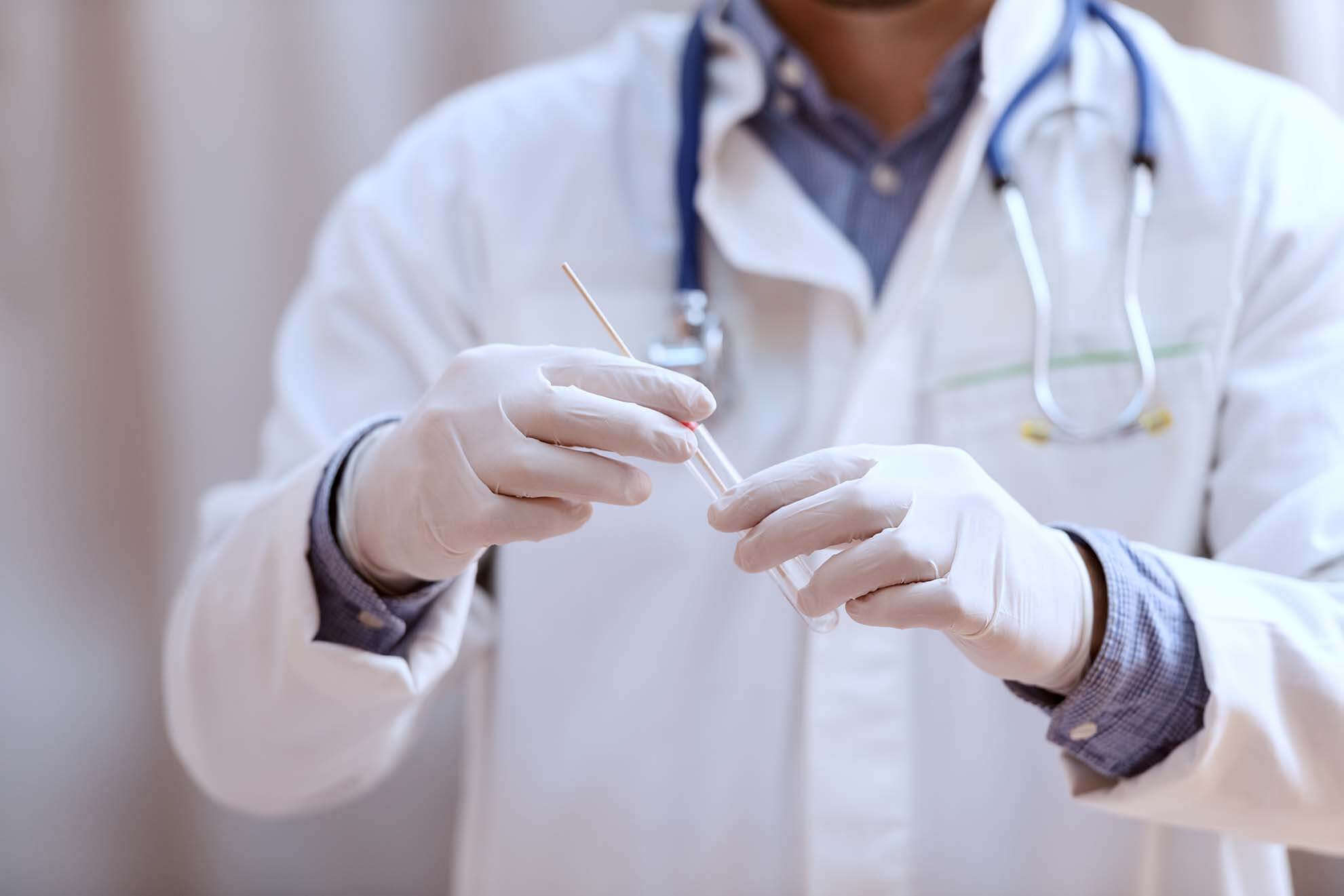Sexual Health Testing


PCR Testing for Sexually Transmitted Infections with One Swab
The CDC recommends sexual health screening of people with high-risk behavior. Madison Core Laboratories’ PCR sexual health testing gets results with a single swab. We offer testing to identify bacterial, viral, and protozoan STIs from a single-swab sample. Molecular analysis provides the highest level of diagnostic sensitivity and specificity to deliver rapid and accurate results.
Contact Us
Why Molecular Sexual Health Testing Is Needed
Sexually transmitted infections are on the rise in the US:
- 1 in 2 sexually active persons will contract an STI by age 25
- Many patients harboring dangerous STIs are asymptomatic
- CDC recommends routine screening of all persons with high-risk behavior
Sexually transmitted infections (STIs) constitute a major health burden in the United States, and the reported incidence is increasing annually. These diseases are frequently asymptomatic and are most often caused by viruses or bacteria.
STIs can have severe health consequences and, if left untreated, can lead to complications that include pelvic inflammatory disease, infertility, and chronic pelvic pain. Additionally, STIs such as syphilis and trichomoniasis are associated with an increased risk of HIV acquisition and transmission.
Laboratory testing is important for the screening and diagnosis of STIs and is accomplished using molecular laboratory methods via polymerase chain reaction (PCR) amplification and detection of pathogen nucleic acids present in clinical specimens. Appropriate screening prevents the spread of disease, and accurate diagnosis enables appropriate treatment and patient management.
Improved screening rates and increased sensitivity of molecular testing (PCR) testing have resulted in an increased number of accurately diagnosed cases. Improved detection rates result from both the increased performance of the assay and the patients’ easy acceptance (especially urine testing)
Sexual Health Panel Info Sheet
What Can MCL Molecular Do?
- Molecular identification of STI pathogens is rapid. Report received within 24 hours of sample receipt into the laboratory
- Molecular culture does not rely on the ability of organisms to grow on artificial media. Uses genetic signatures within the organism for identification.
- Diagnostic sensitivity is superior when using molecular diagnostic solution
- Provides comprehensive drug resistance panel to identify key genetic elements that impact treatment
- Early identification of infection enables sexual partners to seek testing and/or treatment as soon as possible and reduces the risk of disease spread
Competitive Advantage
Sensitive and accurate testing to diagnose sexually transmitted infections in men and women
Rapid and accurate results identify a range of STIs from a single sample
Molecular testing has become the gold standard in providing the highest level of diagnostic sensitivity and specificity
Single swab approach eliminates the need for multiple collections
Eliminate painful urethral swabs by using urine specimen for patients with suspected urethritis
Able to test for bacterial, viral, and protozoan STIs from single sample
Clinical Indications
- Confirm the diagnosis of an infectious disease caused by common bacterial infections
- Help in the differential diagnosis of a pathogen
- Assist in the evaluation of the prognosis of a sexually transmitted infection
- Provides simultaneous qualitative detection and identification of multiple nucleic acids, accomplished using PCR, of most common STI pathogens directly from specimens obtained from vaginal swabs and Urine.
Sexual Health Panel
- Chlamydia trachomatis
- Human Herpes Virus I
- Human Herpes Virus II
- Mycoplasma genitalium
- Mycoplasma hominis
- Neisseria gonorrhoeae
- Treponema pallidum
- Trichomonas vaginalis
- Ureaplasma urealyticum
CT/NG/TRICH Panel
- Chlamydia trachomatis
- Neisseria gonorrhoeae
- Trichomonas vaginalis
Sexual Transmitted Infection
- Chlamydia trachomatis
- Mycoplasma genitalium
- Mycoplasma hominis
- Neisseria gonorrhoeae
- Trichomonas vaginalis
- Ureaplasma urealyticum
Genital Ulcer Panel
- Human Herpes Virus I
- Human Herpes Virus II
- Treponema pallidum
Antibiotic Resistance
- aaaC4
- ACC
- aphaA6
- Carbapenem Resistance-VIM, (blaVIM-2)
- ErmB
- mefA
- mecA
- GES
- Oxa_1
- Quinolone and Fluoroquniolone
- Resistance – QNRA (qnra2)
- Tetreacycline (tetM)
- VanAB (VanA2, VanB)
- Van C1
